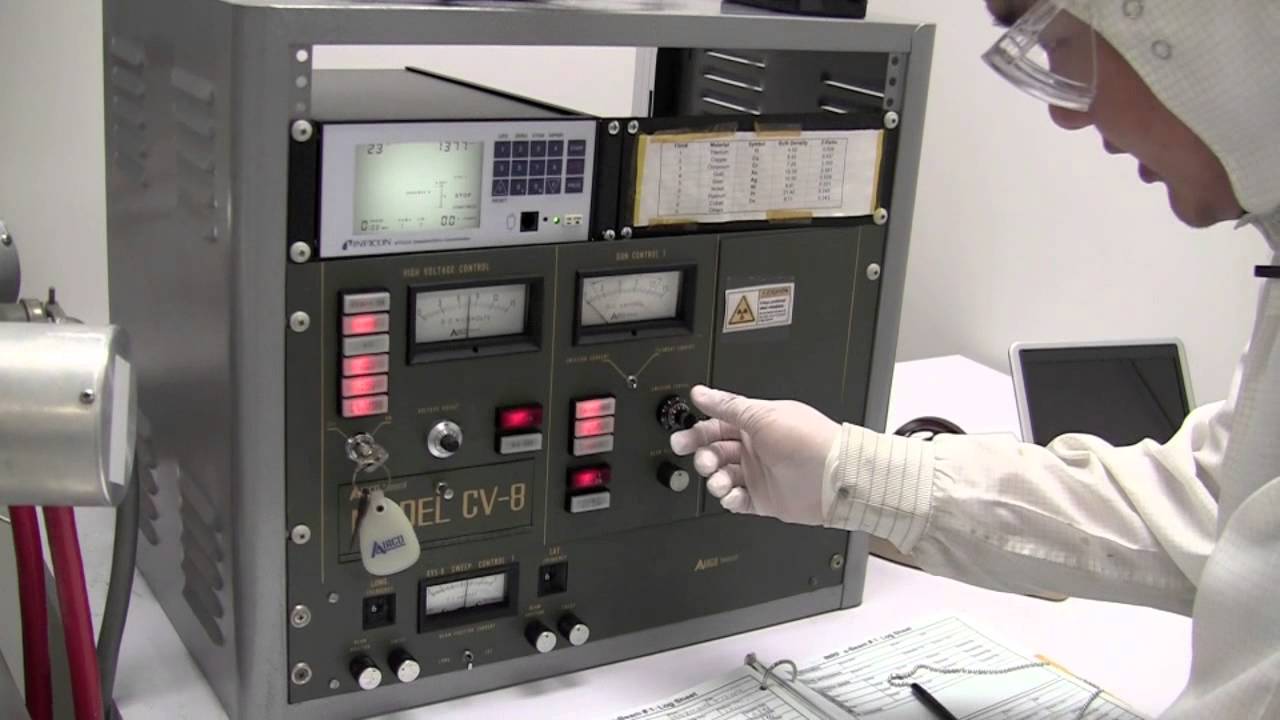A cheap and productive deposition method, e-beam evaporation has been continuously used in fabrication technologies today.
Fabrication technology involves the study of integrated circuitry. During the process, there are a variety of steps that need to be taken in order to ensure the highest quality. When it comes to fabrication a wafer for example, the procedure is limited to four steps that include: deposition, removal, patterning, and modifying the electrical components. This article will discuss the first step, deposition, and creation of the wafer through deposition techniques.
Techniques
When it comes to deposition, there are two essential techniques that you can use, chemical vapor deposition or physical vapor deposition. For this article’s purpose, physical vapor deposition will be used. Now, there are subcategories when PVD is involved in the process. Electronic beam evaporation, or e-beam evaporation, falls into the category of PVD, which is a more cost-effective solution, yet still performs with minimal risk. It’s been known that PVD is more favorable than its counterpart due to the lower costs in materials.
Key Components
To determine the quality of the final product, there are three main keys that are looked at, which are cost, power, and engineering. All of these work in conjunction to produce a high-quality product in the end. Many processing technologies utilize ebeam deposition, which essentially changes the phase of matter that occurs from liquid to vapor through the use of electron beams. Basically, these electron beams, when emitted, vaporize the material that’s going to be deposited. Once that has been completed, it condenses itself on top of the substrate, or the wafer in this example.
Denton Vacuum, LLC manufactures systems for vacuum deposition for electron microscopy, precision optics, electronics and more. If you need a quality vacuum evaporation system, visit them online today.

